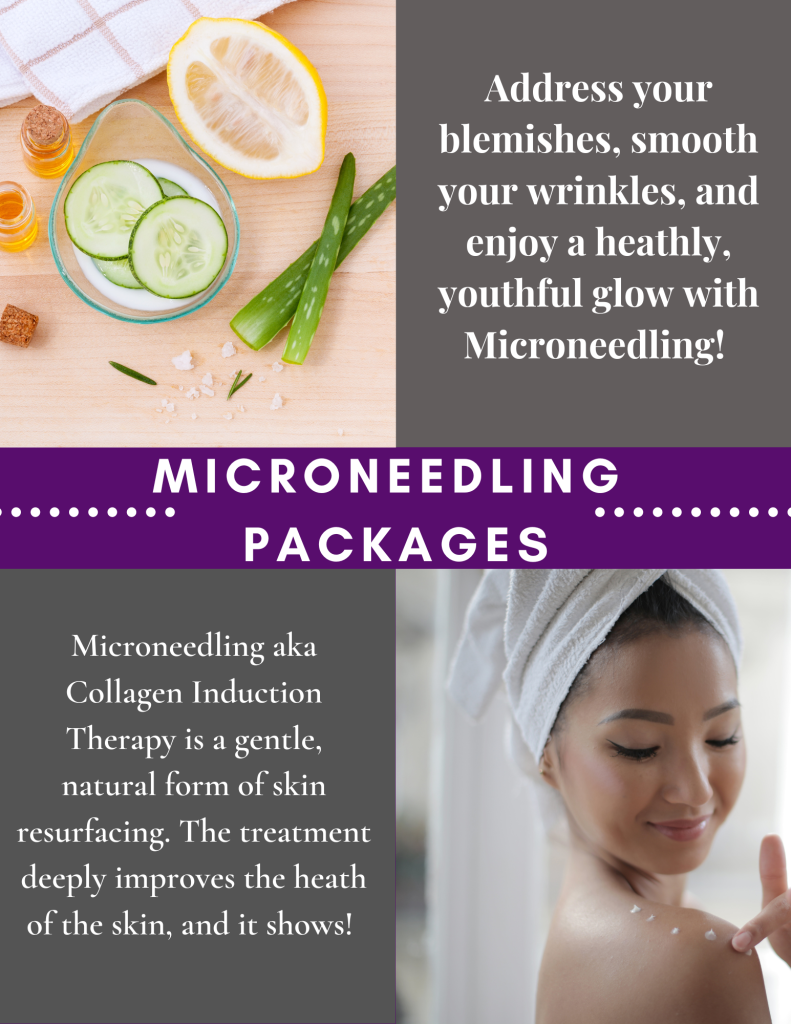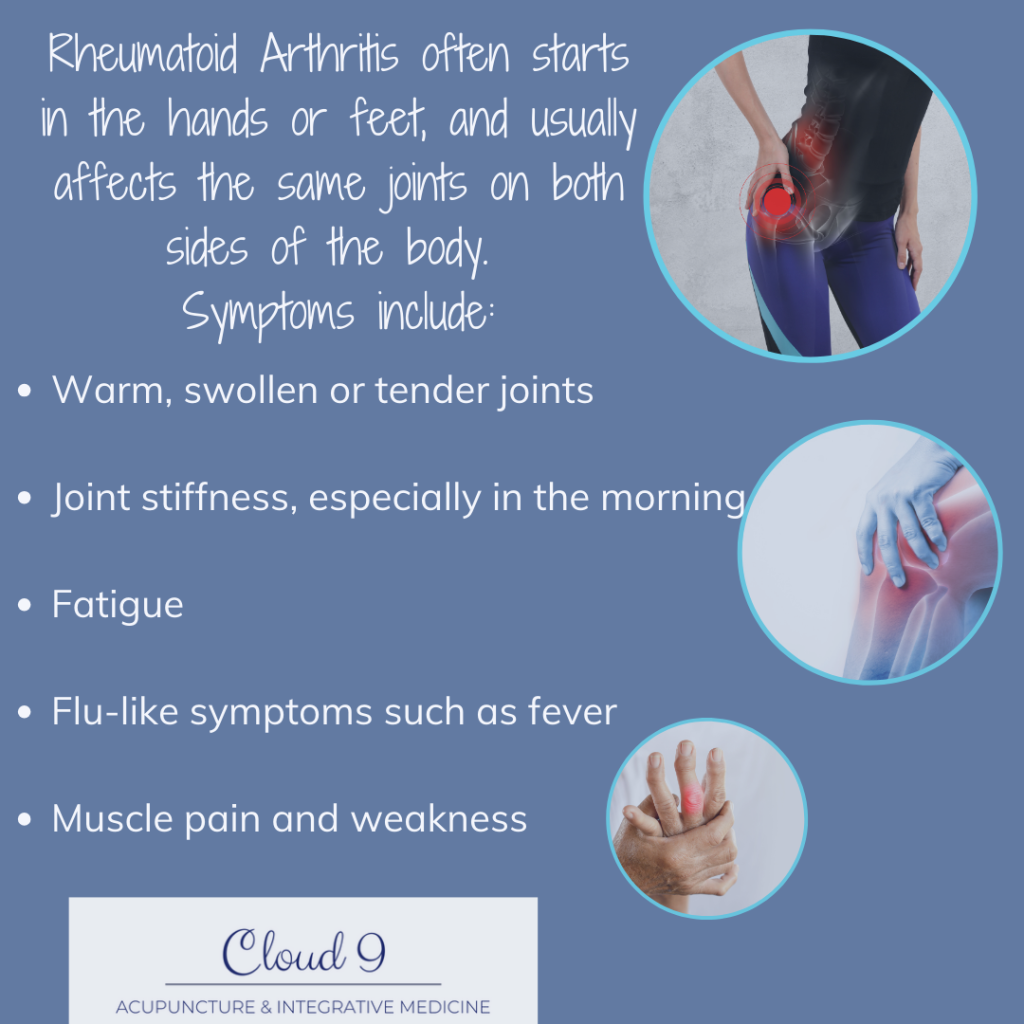- Cloud 9 Acupuncture & Integrative Medicine22 West Padonia Rd. Suite A-203
Timonium, MD 21093 - By Appointment Only
-
Latest Articles:
- • Add These 10 Immune-Boosting Foods to Your Fall Diet •
- • Keep Your Skin Healthy and Glowing with these Fall Skincare Tips •
- • Beat End of Year Burnout with these Fall Self-Care Rituals •
Acupuncture Studies
Acupuncture: The Best Solution for Bell’s Palsy & Trigeminal Neuralgia
Did you know?… There aren’t any great solutions for Bell’s Palsy & Trigeminal Neuralgia in Western Medicine. Some are prescribed a steroid, or nerve pain medication, gabapentin/neurotin, or occasionally surgery for Trigeminal Neuralgia, however, these treatment approaches have very little success.
Thankfully, there IS a lot of clinical success using acupuncture for both Bell’s Palsy & Trigeminal Neuralgia. Clinical trials show as much as 80-100% improvement in both Bell’s Palsy and Trigeminal Neuralgia using acupuncture.
At Cloud 9 Acupuncture & Integrative Medicine, we treat all types of facial pain, whether it’s a dental surgery gone wrong, nerve damage from facial surgery, or Trigeminal Neuralgia.
Luckily, patients only need a short course of treatment to start seeing results. Call for a consult to begin 410-847-7466.

Acupuncture for Autoimmune Conditions: Can Ancient Needles Offer Modern Relief?
Living with an autoimmune disease can feel like a constant battle within your own body. The search for effective relief often leads individuals down many paths, and increasingly, acupuncture is emerging as a potential ally. But can this ancient practice truly offer tangible benefits for those dealing with complex autoimmune conditions? This blog dives into the science, potential benefits, and important considerations surrounding acupuncture for autoimmune conditions, empowering you to make informed decisions for your well-being.
Understanding Autoimmunity:
Before exploring acupuncture, let’s understand the enemy: autoimmune diseases. These conditions occur when the immune system mistakenly attacks healthy tissue, leading to a range of symptoms depending on the specific disease. Common autoimmune conditions include rheumatoid arthritis, lupus, inflammatory bowel disease, multiple sclerosis, Lyme’s disease, complex regional pain syndrome, Long-Covid, and fibromyalgia.
Acupuncture: More Than Just Pins and Needles:
Acupuncture, a cornerstone of Traditional Chinese Medicine (TCM), involves inserting thin needles into specific points on the body. TCM views health as a flow of energy (qi) through meridians. According to this theory, imbalances in qi can contribute to illness. By stimulating specific points, acupuncturists aim to restore balance and promote healing.
Hope on the Horizon: Exploring the Potential Benefits:
Several studies suggest acupuncture offers promising benefits for individuals with autoimmune conditions. Here are some key areas of potential impact:
- Pain Relief: Numerous studies have demonstrated acupuncture’s effectiveness in managing chronic pain, a common symptom in many autoimmune conditions. Acupuncture may stimulate endorphin release, the body’s natural pain relievers.
- Inflammation Reduction: Some studies suggest acupuncture can modulate the immune system, potentially reducing inflammation, a significant factor in many autoimmune diseases.
- Improved Sleep and Wellbeing: Autoimmune conditions can significantly impact sleep and mental health. Research indicates acupuncture may improve sleep quality and reduce anxiety and depression, improving overall well-being.
Empowering Choices: Taking Charge of Your Health:
Begin with a consult today by calling 410-847-4766.

Quit Smoking with Acupuncture
For over 13 years, Dr. Laura Parks has been helping patients with their New Year’s Resolution to quit smoking using acupuncture. Clinical trials have shown over 85% success rate in using acupuncture to quit smoking.
Acupuncture helps by calming the nervous system and helping the patient feel more relaxed and less triggered to smoke. Acupuncture also helps by quickly detoxing the body from nicotine, allowing the patient to get through the withdrawal phase faster. Many times, there are contributing underlying factors that drive a person to smoke, like stress, anxiety, depression, or even chronic pain. Acupuncture helps by treating the root issues involved.
It helps to have an emotional anchor, a reason big enough to quit smoking. Some that we’ve seen in the past, for example, had been given a health ultimatum by their doctor, “quit smoking or your going to have a heart attack.” Or the patient suffered terrible circulation issues and walking safely was becoming a concern. Or breathing issues were setting in, and things might progress to COPD or emphysema. Many patients had a goal of quitting smoking to become healthy enough to do something big, like, dance at their granddaughter’s wedding, or take a walking tour in Europe, without trouble breathing.
We believe everyone deserves a chance to make their quality of life better using acupuncture. If you are trying to quit smoking, please call for a consultation at 410-847-4766.

Microneedling: A Simple Procedure with Big Results
Microneedling is a minimally invasive cosmetic procedure that can be used to improve the appearance of the skin. It involves the use of a small device with fine needles to create tiny punctures in the skin. This triggers the body’s natural healing response, which produces new collagen and elastin.
Microneedling can be used to treat a variety of skin conditions, including:
- Fine lines and wrinkles
- Acne scars
- Stretch marks
- Enlarged pores
- Hyperpigmentation
- Hair loss
Benefits of Microneedling
Microneedling is a safe and effective procedure with minimal downtime. It is also relatively affordable, making it a popular option for people who are looking for a way to improve their skin without surgery.
How Microneedling Works
During a microneedling procedure, the skin is first cleansed and numbed. The device is then passed over the skin, creating tiny punctures. The depth of the needles can be adjusted to treat different areas of the skin.
After the procedure, the skin may be slightly red and swollen, like you’ve been in the sun. However, these side effects typically subside within a few hours.
What to Expect After Microneedling
Most people see results within a few weeks of microneedling. However, it may take several months to see the full results.
Microneedling vs. Other Cosmetic Procedures
Microneedling is a less invasive and less expensive alternative to other cosmetic procedures, such as laser resurfacing and chemical peels. However, it may not be as effective for treating deep wrinkles or scars.
How to Find a Microneedling Provider
It is important to find a qualified microneedling provider. Ask your doctor for a referral or search for a provider online. Be sure to read reviews and check the provider’s credentials.
Tips for Preparing for a Microneedling Procedure
Here are a few tips for preparing for a microneedling procedure:
- Avoid sun exposure for several weeks before the procedure.
- Do not use any tanning products or exfoliate your skin for a few days before the procedure.
- Tell your doctor about any medications you are taking, including over-the-counter medications.
Microneedling is a safe and effective procedure that can improve the appearance of the skin. If you are considering microneedling, be sure to call today to schedule a consultation at 410-847-4766 and explore Holiday Specials while they last!

Acupuncture for Rheumatoid Arthritis: A Path to Pain Relief and Improved Quality of Life
Rheumatoid arthritis (RA) is a chronic autoimmune disease that affects the joints and connective tissues. It is characterized by joint pain, inflammation, stiffness, and fatigue. While there is no cure for RA, there are treatments available that can help to manage the symptoms and slow the progression of the disease.
One of the complementary therapies that is gaining popularity for the treatment of RA is acupuncture. Acupuncture is a traditional Chinese medicine technique that involves inserting thin needles into specific points on the body. It is believed to work by stimulating the body’s natural healing system and restoring balance to the body’s energy.
Evidence Supporting Acupuncture for RA
A growing body of research suggests that acupuncture may be an effective treatment for RA. A review of 43 studies found that acupuncture was associated with improvements in pain, joint function, and quality of life in people with RA. Another study found that acupuncture was more effective than sham acupuncture for reducing pain in people with RA.
How Acupuncture May Work for RA
There are several possible mechanisms by which acupuncture may work for RA. One possibility is that acupuncture stimulates the release of endorphins, which are the body’s natural pain relievers. Another possibility is that acupuncture helps to reduce inflammation, which is a key factor in RA.
What to Expect from Acupuncture Treatment
Acupuncture treatments typically last about 30 minutes. During treatment, you will be lying down or reclining in a comfortable position. The acupuncturist will insert thin needles into specific points on your body. You may feel a slight prick when the needles are inserted, but most people do not find acupuncture to be painful.
Acupuncture for RA: What the Experts Say
The Arthritis Foundation has stated that “there is some evidence to suggest that acupuncture may be helpful for the management of pain and function in people with RA.” The National Center for Complementary and Integrative Health (NCCIH) has also stated that “acupuncture may be helpful for the management of pain and other symptoms of RA.”
Is Acupuncture Safe for RA?
Acupuncture is generally considered to be safe. However, there are some potential side effects, such as bruising, bleeding, and pain at the needle insertion site. In rare cases, acupuncture can cause more serious side effects, such as infection or nerve damage.
Begin with a Consultation
If you are considering acupuncture for RA, it is important to begin with a consultation. Call 410-847-4766 today.
Acupuncture is a safe and effective treatment option for many people with RA. If you are looking for a natural way to manage your pain and improve your quality of life, acupuncture may be worth considering.


